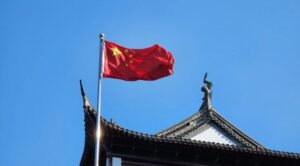Today:
Monday, July 7 2025
What are You Looking For?
Trending News
Flash Story
 More rain is on the radar in central Texas as search and rescue efforts enter third day
More rain is on the radar in central Texas as search and rescue efforts enter third day
 Dalai Lama marks his 90th birthday as crowds throng his home-in-exile
Dalai Lama marks his 90th birthday as crowds throng his home-in-exile
 Calls are mounting to ban Germany’s far-right AfD party – despite it being more popular than ever
Calls are mounting to ban Germany’s far-right AfD party – despite it being more popular than ever
 Coffee Loophole Recipe: Jillian Michaels 30 Second Coffee trick for Weight Loss
Coffee Loophole Recipe: Jillian Michaels 30 Second Coffee trick for Weight Loss
 How torrential flooding wrought tragedy at an almost century-old camp for girls in central Texas
How torrential flooding wrought tragedy at an almost century-old camp for girls in central Texas
Editor's Picks
Main Story
Trending Story Now
About The Author

USA Independent
USA Independent is a cutting-edge digital news portal dedicated to delivering reliable, unbiased, and up-to-the-minute news to readers across the United States and beyond. Established with the mission of fostering transparency and informed public discourse, USA Independent covers a wide range of topics, including politics, business, technology, culture, health, and global affairs.

































